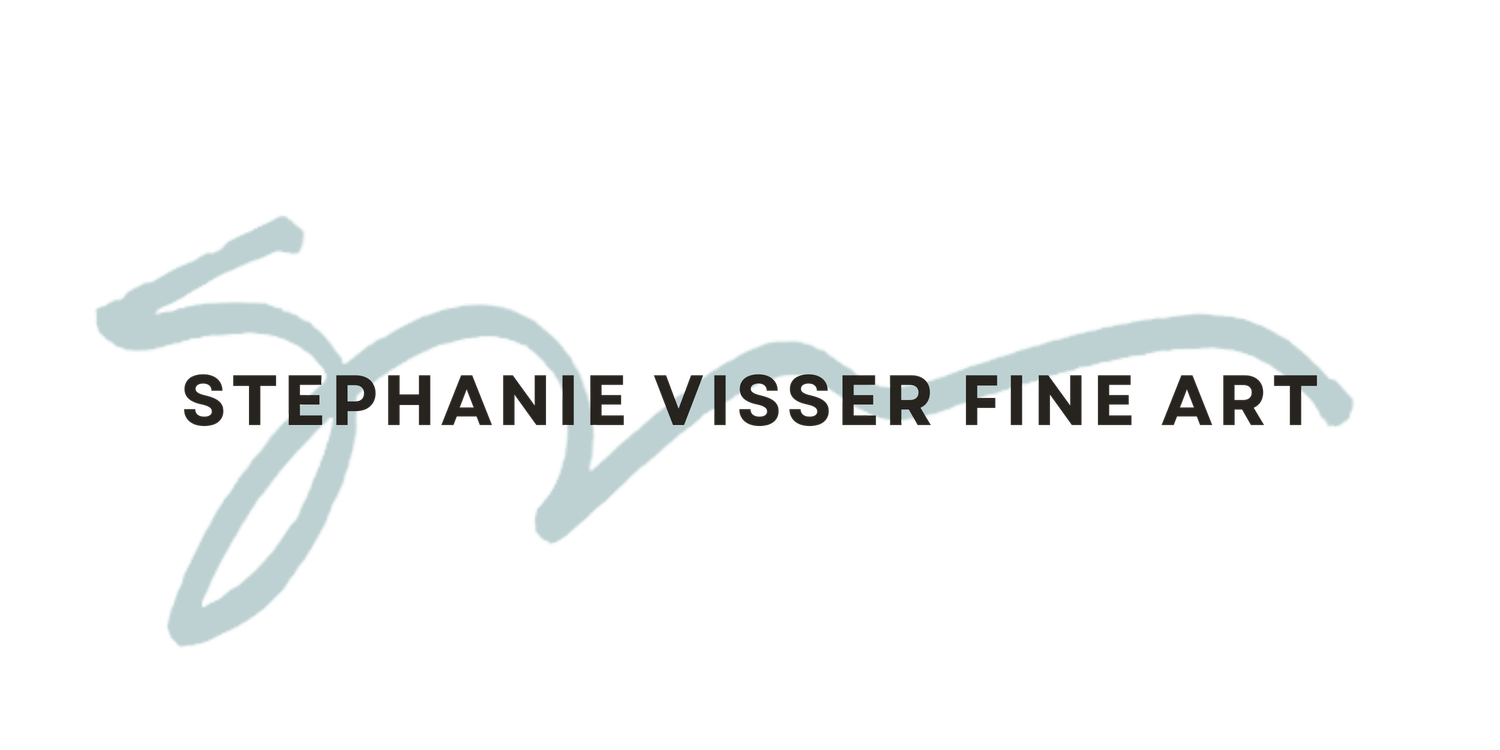Excavating Emotions
From birth we learn the ability to interpret and understand facial cues. Over the years, experience builds up and colors our every day. We do however recognize some things as universal. Happiness curls the lips up and is often manifested as a laugh, loss draws them down and often is accompanied by tears. Disgust visits with an explosion of shock or a wrinkled nose. All of these visual cues are part of a universal body language that transcends cultural and linguistic barriers. As life's unseen brushstrokes accumulate, so do our emotions and expressions. Painful experiences may cloud our visage, closing us off from those around us. Yet by tuning into the messages written on our own faces, and with the wisdom of our own bodies, we can unlock wisdom and truth about our feelings.
A human being is a canvas that the world paints upon through the days events and happenings, like an abstract work of art unfolding with each moment. Moments are good, bad, loving, or cruel and we walk through them with various levels of participation. The news may unsettle us, or other times it is the tone of voice that committed friends or a partner uses that wounds us. Our faces act as a mirror, reflecting the range of emotions we experience. From the joy of a radiant smile to sorrow that dims tear-filled eyes, a face reveals joy, sadness, anger, surprise, and more. Every wrinkle, furrowed brow, or raised eyebrow tells a story of our emotional journey though the day or our lives no matter how long we have been on the planet. The eyes, often called the windows to the soul, convey the depth of our feelings. The curve of the lips speaks volumes of happiness or sorrow. Even the subtlest of facial expressions can unveil a whirlwind of emotions within.
Our faces connect us to others, allowing us to empathize, sympathize, and share our innermost selves. Other times, we close ourselves off from the world around us and the people around us. Non-conceptual abstract painters use their innate abilities to feel and intuit those things and put them on canvas. “Non-representational paintings express things indirectly. They allude to things and convey through metaphor. They're experiences to have rather than things to understand. They're music without words. They're visual poetry.” Steve Aimone
There is artistry in how emotions animate our eyes, mouth and skin and make their way to the canvas via the brush. The French artist Paul Gauguin viewed inner landscapes with as much complexity and beauty as natural vistas. Might we regard our emotional lives with similar admiration? For within us spin countless shades of joy, grief, anger and awe. Our faces can offer glimpses of these innermost feelings, and a chance to connect deeply with others through open expressions. By embracing the poetry behind the why our faces smile, cry or frown, we can appreciate emotions as the vibrant, variables hues that color the human condition.
Recognizing and expressing emotions plays a vital role in self-awareness and emotional well-being. It is interesting though to think of that in wider terms such as the world around us and what mental maps we navigate when at the shore or in the woods, or on the street. Those feelings are where some of our greater connections occur. When you look at an abstract painting and there is nothing there to tell you what it is, you play your understanding through every one of those memories even if you are not aware. So, do I. Every painting a non-conceptual artist paints is being done through those mental visions and body memories.
Emotions are an integral part of our human experience. So, let us embrace them and our memories, be they positive or negative, for they hold the keys to unlocking the depths of our inner life and through that connect with others on a profound level. Abstract painting is like improvisational jazz. Each has its own language and is created and woven from our lives in ways we don’t understand.

